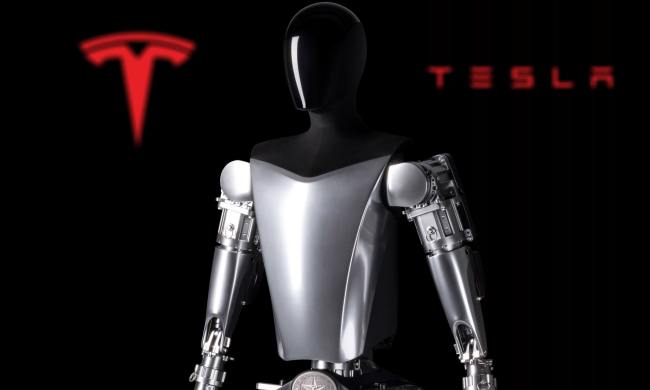It may be based on a humble economy car, but this Subaru WRX STI just lapped one of the world’s most grueling racetracks as fast as some elite supercars.
A specially modified version of the WRX STI recently lapped Germany’s 12.8-mile Nurburgring Nordschleife in 6:57.5. Subaru claims that’s a record for a sedan, and at any rate it puts the car in some elite company. The Subaru is virtually tied with the mighty Porsche 918 Spyder, and just a few seconds behind the Lamborghini Huracán LP640-4 Performante, which did a 6:52.01 lap.
Granted, the car used in the record attempt isn’t an ordinary WRX STI. You have to add “Type RA NBR Special” to get the full name. “RA” stands for “record attempt” and “NBR” stands for “Nurburgring,” in case you were wondering. It’s a completely different animal from the car people can actually buy.
The Type RA NBR Special uses a stock WRX STI body shell, but a full roll cage was welded to it to increase structural rigidity and protect the driver in the event of a crash. Swollen bodywork conceals 9.0-inch wide racing slicks, and more aggressive aerodynamic bits produce 650 pounds of downforce. The car even has a Formula One-style Drag Reduction System, which changes the angle of the rear wing to allow temporary bursts of extra speed.
Most importantly, the car’s 2.0-liter turbocharged boxer-four engine produces 600 horsepower, or about twice the amount of a stock WRX STI. That power is channeled to all four wheels (this is a Subaru, after all) through a racing gearbox that uses hydraulically actuated paddle shifters. The trick transmission can shift gears in just 20 to 25 milliseconds, according to Subaru.
It probably goes without saying, but you can’t get a car like this at a Subaru dealer. However, Subaru will sell you a WRX STI Type RA special edition inspired by the record-breaking car. The Type RA gets a modest boost in power, upgraded brakes and suspension, and some model-specific styling elements. No hydraulic paddle shifters, though.
Subaru seems to have records on the brain. Last year, another specially-modified WRX STI set a record on the Isle of Man TT course, and earlier this month one of the automaker’s rally drivers became the fastest person ever on the Mt. Washington Hillclimb.
Updated: Added video


